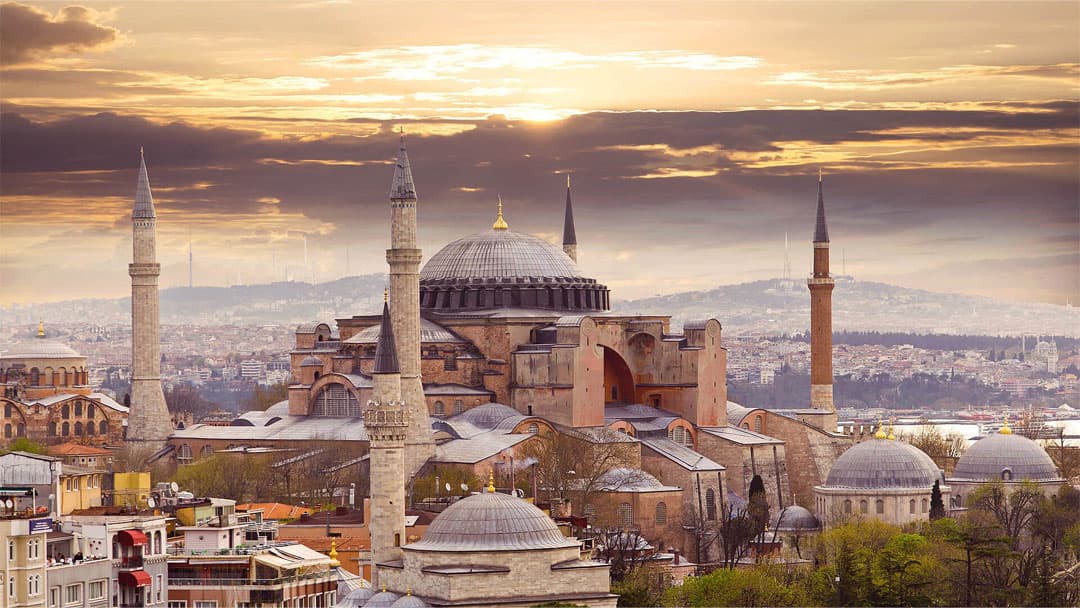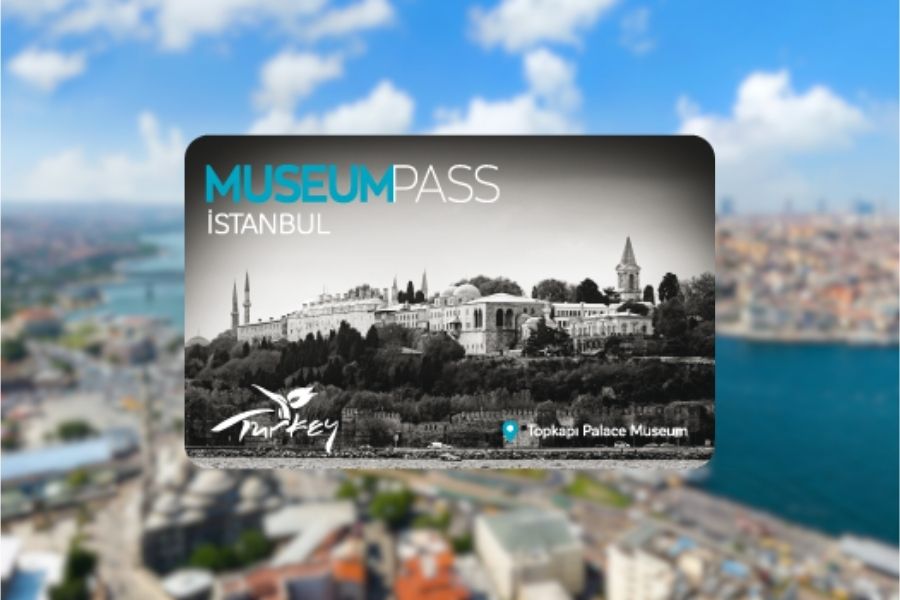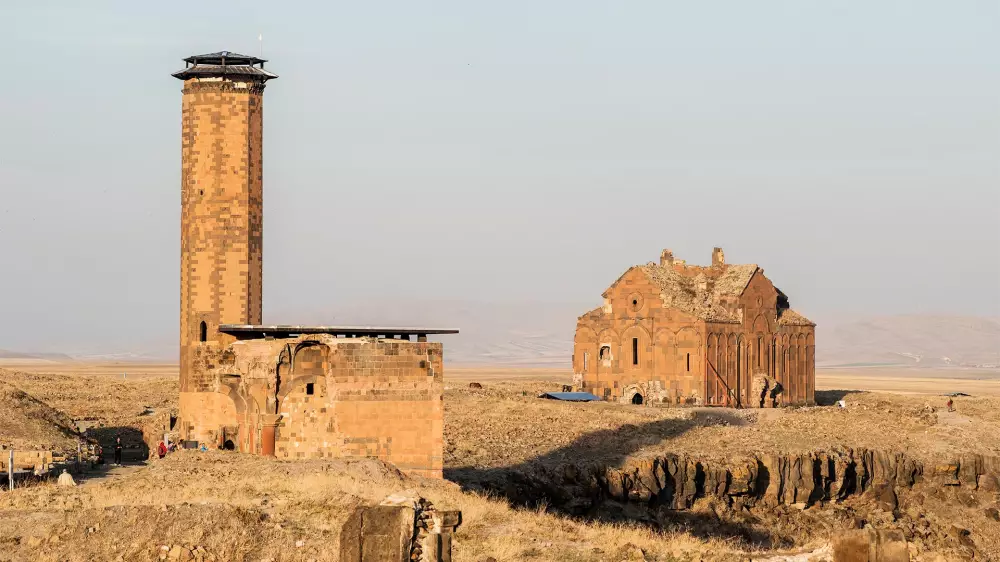
İstanbul, The Multi-Layered City and Its Architecture
In our blog text ''İstanbul from the Past to the Present'' you have an opportunity to follow the traces of several civilisations that have flourished in İstanbul, in this wonderful city with a history going back thousands of years. Now allow us to tell you about its architectural heritage.
There are so many legends and myths that continuously get about among İstanbul people. The most common is the one about the district of Sarıyer (literary Yellow Place). The legend says that the name derives from the jars full of Byzantine golden coins hidden deep in the ground in the district. According to another legend, the name of Golden Horn derives from the gold hidden in the vessels drowned by the Byzantines during the conquest of the city by the Ottomans.
Now moving away from the legends that have survived in different forms up to the present time, let’s give you some specific information concerning the architectural heritage in İstanbul…
First, let’s talk about the Byzantine period. Even though evidence exists that there were human settlements around the Belgrad Forest back in Chalcolithic Age, the oldest important architectural activities in İstanbul date back to the Byzantine Period. The first examples of these activities were the cisterns built in the centre of the city to provide water to the people of İstanbul. When in later years Byzantium was greatly devastated in a series of Crusades, especially during the Fourth Crusade, directed by the Catholic Church, long-standing and toilsome architectural activities had to be performed both to strengthen the defence and also to give a new appearance to the devastated city. It was Michael VIII., the then Emperor from the Palaeologus Dynasty, who made great efforts in this respect and created the city from scratch in the real sense of the word. In later years, the city built up and expanded such activities day-by-day.
Years passed, and İstanbul was now a territory of the Ottoman Empire. First, following the primary target of proselytism, namely inviting non-Muslims to Islam, many churches were converted into mosques. In this context, the big crucifix on the Column of Çemberlitaş was brought down. And so years passed, and Grand Master Sinan, a personality who is remembered with respect even today, took to the stage of history, who later became Sinan the Architect.
Certainly, numerous able and talented architects had already created many wonderful works in İstanbul up to the time of Sinan, but no one of them could surpass his fame. Many of the architectural works standing in today’s İstanbul were created by the skilled hands of Sinan the Architect. By the magical touch of his hands, he created numerous wonderful works from mosques such as Süleymaniye, Kılıç Ali Pasha, Mihrimah Sultan Mosques to forty fountains, and he connected every one with water resources and presented them to those who instructed the construction and to the people. He also performed works even in the Topkapı Palace.
In later periods, the Baroque architectural style was adopted as a result of westernisation in the Ottoman Empire, and buildings in Baroque style, which can be seen in many locations in the city today, were erected. In the period of the Republic of Turkey that followed, a new architectural movement was initiated, which presented to the city a combination of the glory of the Ottoman time with the specific style adopted during the Republican era.
Even though İstanbul has become, nowadays, into a metropole marked with numerous skyscrapers, unplanned urbanisation and less green areas as a consequence of excessive use of cement in construction and a new construction activity in many places, projects in line with decisions taken in recent years are in progress to restore the visual beauty which the city deserves.



